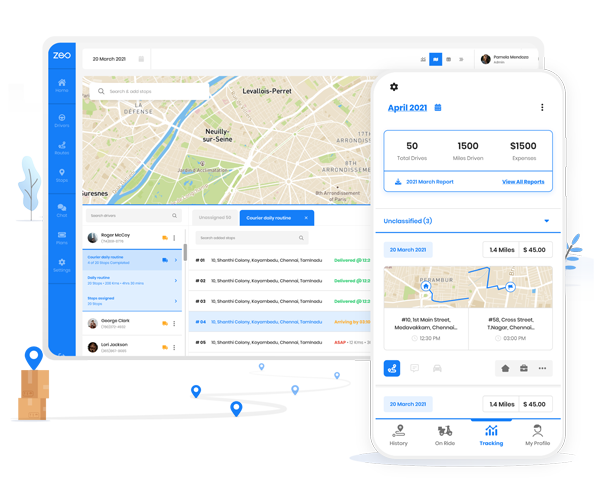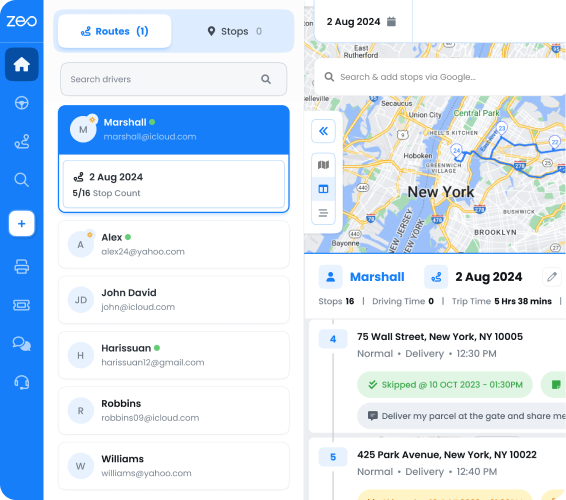Whether you drive for work or leisure, Canada surely offers scenic routes that are unmatched!
To make the most of driving in Canada and to have a hassle-free driving experience, you need to know the driving rules and laws in Canada. Not adhering to the rules can attract hefty fines and burn a hole in your pocket. Major violations can even lead to suspension of your driving license.
Following the rules is also essential for your own safety and that of others on the road.
We are here to help you with the most common rules you need to know for driving in Canada.
Let’s get started!
Driving License
A valid driving license is a must to be able to legally drive in Canada. You have to obtain a driving license from the government of your province. Different provinces may have different driving license application processes.
However, commonly you’ll be required to take an offline written examination and take a couple of driving tests. It’s only when you clear both steps that you’ll be issued a driving license. You can take driving lessons beforehand to practice for your driving tests.
If you’ve just arrived in Canada, then your home country driving license will be valid for some time depending on the laws of your province. You should get an International Driving Permit (IDP) from your home country till the time you get a Canadian driving license.
Always carry an original hard copy of your driving license. Also, ensure that you get your driving license renewed before the expiry date printed on it.
Read more: How to Get Delivery Jobs in Canada
Auto Insurance Requirement
In Canada, unlike other countries, it is a legal requirement to have auto insurance if you want to drive a car. If you are caught driving without valid auto insurance, you will be heavily penalized with fines and temporary suspension of your driving license. In some cases, even your car may get seized.
Have a thorough understanding of the coverage before opting for a plan. Adhere to the mandatory coverage requirements for your province and vehicle type. Understand insurance plans offered by different companies and compare their prices before finalizing.

increase fuel savings
Hassle Free Deliveries & Pickups!
Optimize routes with our algorithm, reducing travel time and costs efficiently.
Get Started for Free
You can get an insurance plan that covers damages to your car and any injuries caused to you. To lower your risk, you can also add to the injuries and damages caused to others in case of an accident.
What are common driving rules to follow in Canada?
While the rules may vary slightly from province to province, here are some general rules you must follow while driving in Canada:
- Drive on the right side of the road
- The legal age to drive independently depends on the province but generally, it is 17 years with a valid driving license. In Ontario, it is 16 years.
- Most cities allow taking a right turn at a red light unless it is specifically mentioned not to. Montreal is an exception where a right turn on red lights is not allowed at all.
- Seatbelts are mandatory for every passenger in the car.
- Having a child safety car seat is mandatory for children below the age of 9 years.
- The use of cell phones is not allowed unless hands-free.
- Generally, the speed limit on Canadian roads is 50 kmph in cities and 80-100 kmph on highways.
- If you see a stop sign, you have to stop the car on the white line.
- Do not drive under the influence of alcohol. Drunk driving is considered a serious offense.
- Some provinces may have HOV (High Occupancy Vehicle) lanes that can only be used by cars with at least 2 passengers including the driver.
- Always stop if you are behind a yellow school bus with the ‘stop’ sign extended out. It indicates the children getting on or off the bus.
- Always wait for the pedestrians to safely cross the street.
If you drive extensively for work purposes, check out Zeo Route Planner to plan the most efficient routes!
What are the rules for winter driving in Canada?
Driving a car gets extremely challenging during the winters in Canada. Heavy snow and ice make it difficult to control the car.
Winter tires i.e. studded tires are mandatory in Quebec in Canada for driving in winter. This is applicable to all vehicles including motorized two-wheelers.
Different provinces have their own rules and guidelines regarding the use of winter tires. Each province specifies the periods allowing the use of winter tires.
Pro tip: Always have a fully charged cell phone and keep emergency numbers handy. Pack a kit with ice scrapers, blankets, and flashlights in case you ever find yourself stuck.
Conclusion
Driving comes with the huge responsibility of ensuring everyone’s safety on the road. Now that you are aware of the driving rules and laws in Canada, we are confident that you can drive safely. We recommend you go through the detailed driving rules for your province before getting behind the wheel.
Happy driving!

Are you a fleet owner?
Want to manage your drivers and deliveries easily?
Grow your business effortlessly with Zeo Routes Planner – optimize routes and manage multiple drivers with ease.

increase fuel savings
Save $200 on fuel, Monthly!
Optimize routes with our algorithm, reducing travel time and costs efficiently.
Get Started for Free




















